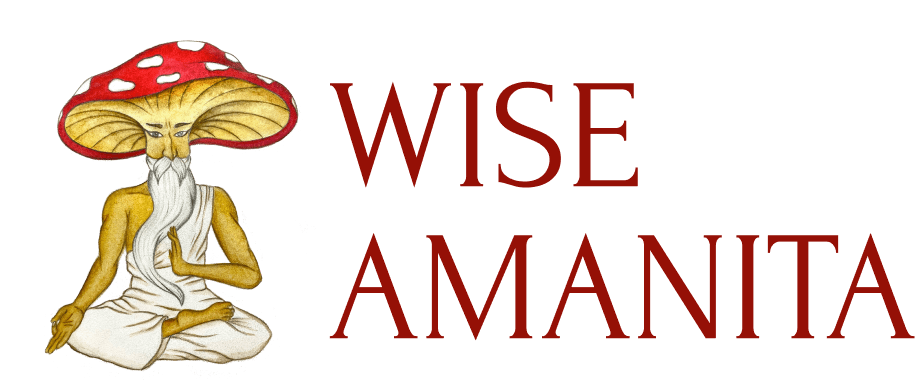
CORDICEPS MILITARIS

for the good
people, with good intentions
Cordyceps militaris – Vegetarian cordyceps (grown on wheat)
Cordyceps is a mushroom that has been used for thousands of years.
Cordyceps is a mushroom that has been used for thousands of years.
USE AND DOSAGE:
The recommended daily dosage of the mushroom is 1-2 g (or 2-4 capsules if you use capsules). It is best taken before or after a meal and can be sipped with warm water. Brewing the mushroom as a tea is also a common method (a thermos can be used).
Call us for a quote on white cordycep! On the page you will find a picture of the finished product with a detailed description, choose the ones that suit you.

Positive characteristics of cordyceps militaris
Positive characteristics of cordyceps militaris
When collecting military cordyceps yourself, you should be especially careful. Due to the fact that the mushroom can be easily confused with its poisonous relatives, there is a high probability of making a mistake and, accordingly, getting severely poisoned. So, what poisonous “relatives” can military cordyceps be confused with.
One-sided cordyceps is a yellow fungus that parasitizes on the bodies of dead beetles, which, by the way, are also poisonous. It can be distinguished from military cordyceps by the presence of a cap that grows directly from the body of the host beetle. From each dead beetle only one cap sprouts; it has no “brothers”.
Ophioglossus cordyceps - the flesh of the war turrobium turns black in color after it is cut. This makes the mushroom very similar to the poisonous black mycelium of the dangerous mushroom. It is distinguished from the edible variety by its truffle type and the fact that it develops exclusively on caterpillar larvae.
A parasitic cordyceps with a grayish ashy mycelium. This mushroom is not edible and thus there is no benefit to the human body. Reaching 3, 5 cm in height, the fungus begins its development on both pupae and larvae of any, without exception, insects. Outwardly, it resembles a short outgrowth - fingers. Their color is black, and the cap - a gray shade.

Appearance of cordyceps militrais
Appearance of cordyceps militrais
The cut pulp of the military cordyceps is interesting with a fibrous pulp of a whitish hue. The smell and taste are inconspicuous. The fungus reproduces by spores. Their shape is filiform, cloisonne. Mature spores break up into small cylinders.
Note! Use should be started only after prior consultation with a doctor.
In many ways, the healing properties of military cordyceps can be explained by its unique chemical composition.
The mushroom contains:
-amino acids and enzymes;
-coenzymes;
-antioxidants;
-vitamins of groups B, C, PP, K, E;
-calcium;
-iron;
-magnesium.
The fact that the mushroom can still be eaten and, accordingly, it is not poisonous can be explained by the fact that tyrizinase, which is dangerous for the human body, is completely absent in its composition.
Summing up the results
Summing up the results

